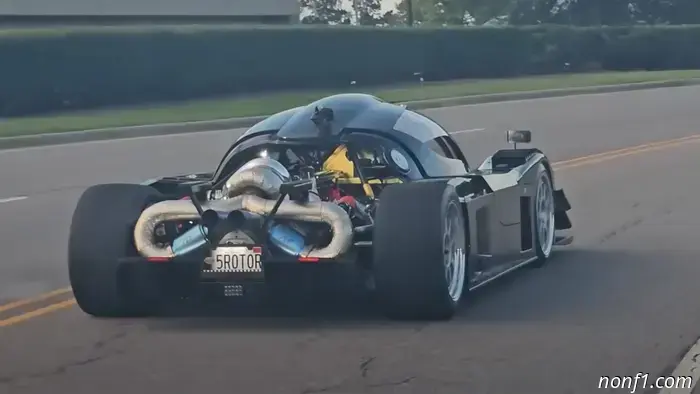
A heavily turbocharged five-rotor engine produces sounds that are reminiscent of an F1 V10, even more so than an actual F1 V10 itself.
Mazzei Formula on YouTube
Subscribe to The Drive’s daily newsletter
Get the latest in car news, reviews, and features.
I don’t know about all of you, but I’m weary of every high-rev engine being likened to a Formula 1 V10. I understand—YouTubers seek views, and we car enthusiasts often fall for that nostalgic 2000s charm. Yet the reality is, in most cases, whatever garage project they’re discussing doesn’t actually sound like an F1 V10.
This remarkable five-rotor with a 106-millimeter turbo, though, truly does.
It’s the creation of David Mazzei, who established Mazzei Formula. He specializes in powerful rotary engines, and prior to this, he developed a four-rotor for an FD RX-7. This project, named the Formula Five, is built on a Superlite SL-C kit car as its foundation and builds from there.
Mazzei initiated the project in 2021 after obtaining the SL-C. He detailed his vision for the car in a forum post on gt40s.com:
“Five-rotor, the first ever in the world. The crankshaft is currently away for balancing. We plan to use a billet engine, full peripheral porting, and a modified G57 turbo to reach around 1,500 [rear-wheel horsepower] and produce a V10 F1 sound. A rotary fires once per revolution, while a four-stroke piston fires every other revolution. With the 72-degree lobe angle offsets, along with an equal length five-into-one collector designed to mimic the [Mazda] 787b four-rotor's merge angle and collector design, we theorize it will sound identical to a V10 F1 at 18,000 [rpm] when operating at 9,000 rpm. It creates a significant third harmonic, with one as the root tonic and the third being an octave above the root.”
It sounds to me like he’s quite knowledgeable.
Fast forward about four years, and Mazzei has fulfilled his promise. Earlier this week, he shared a video showing the Formula Five on the road, featuring cameras positioned both inside and outside the car. My favorite angle is the rear-facing shot that highlights the engine and the massive 106-millimeter turbo attached to it.
It has an air-actuated Holinger MXT sequential transaxle that enhances the sound as he shifts through the gears. As for the 3.3-liter engine, it incorporates a six-stage dry sump oiling system paired with a cable-driven, spur-geared fuel pump. Honestly, I didn’t even know a dry sump system could have six stages, nor had I heard of a spur-geared fuel pump before. I suppose I need to spend more time in the pits.
Watching this video makes me realize I’ll never be capable of building something like this. And you know what? That’s perfectly fine. I’m more than content to leave these incredible projects to individuals like Mazzei who possess the intelligence and, crucially, the patience to bring them to life.
What a sound it makes.
Have a tip or question for the author? Reach out directly: [email protected]


Other articles
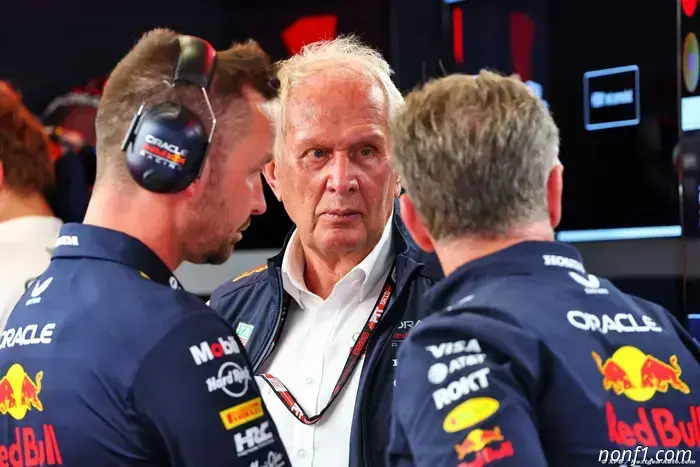 Red Bull continues to hold on to hopes for the 2025 title, according to Marko.
Formula 1 | Red Bull remains optimistic that Max Verstappen can maintain his chances of securing a fifth consecutive drivers' world championship. The team has (…)
Red Bull continues to hold on to hopes for the 2025 title, according to Marko.
Formula 1 | Red Bull remains optimistic that Max Verstappen can maintain his chances of securing a fifth consecutive drivers' world championship. The team has (…)
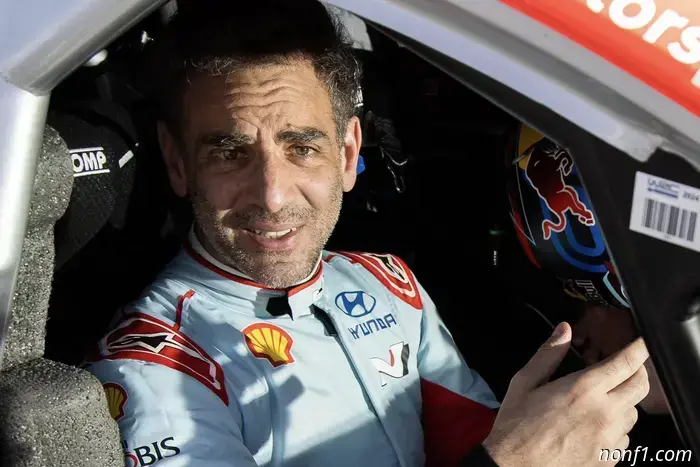 Abiteboul dismisses outrageous rumors about Hyundai entering F1.
Formula 1 | Cyril Abiteboul, the former boss of an F1 team, has dismissed the rampant speculation connecting Hyundai to Formula 1. Having previously led Renault's official F1 team, (…)
Abiteboul dismisses outrageous rumors about Hyundai entering F1.
Formula 1 | Cyril Abiteboul, the former boss of an F1 team, has dismissed the rampant speculation connecting Hyundai to Formula 1. Having previously led Renault's official F1 team, (…)
 F2: The Sunday race at Red Bull Ring was won by Verschoor.
Yesterday, the Dutch MP Motorsport driver finished fourth, and the outcome of today's race would determine whether he could take the lead in the championship. And today, Richard did an excellent job...
F2: The Sunday race at Red Bull Ring was won by Verschoor.
Yesterday, the Dutch MP Motorsport driver finished fourth, and the outcome of today's race would determine whether he could take the lead in the championship. And today, Richard did an excellent job...
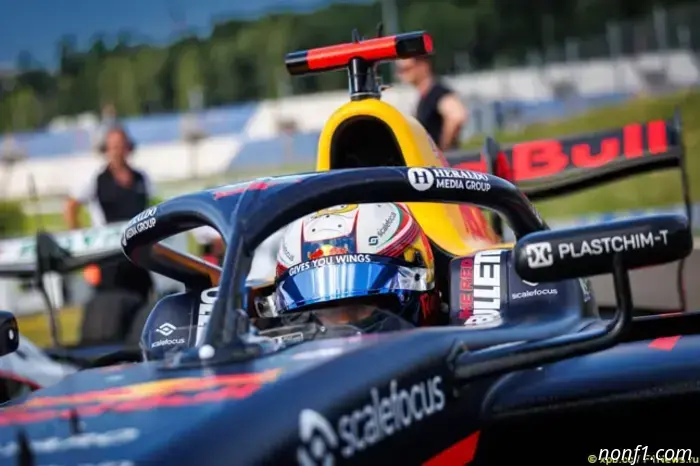 F3: Nikola Tsolov claimed his third victory of the season.
Nikola Tsolov finished first in the Sunday Formula 3 race in Austria, claiming his third victory of the season.
F3: Nikola Tsolov claimed his third victory of the season.
Nikola Tsolov finished first in the Sunday Formula 3 race in Austria, claiming his third victory of the season.
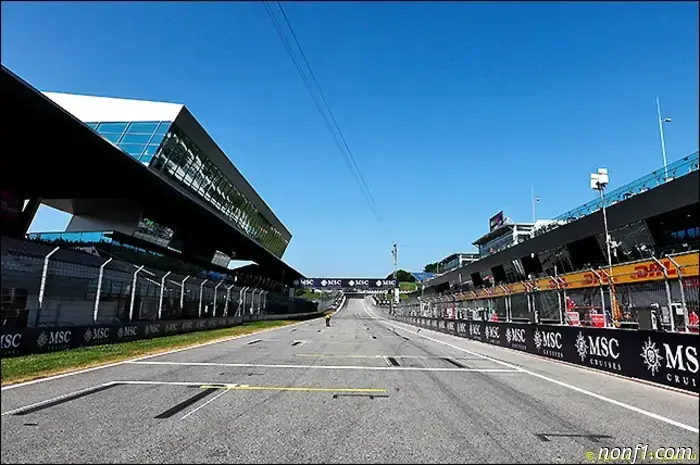 Austrian Grand Prix: Starting Grid
The starting grid of the Austrian Grand Prix...
Austrian Grand Prix: Starting Grid
The starting grid of the Austrian Grand Prix...
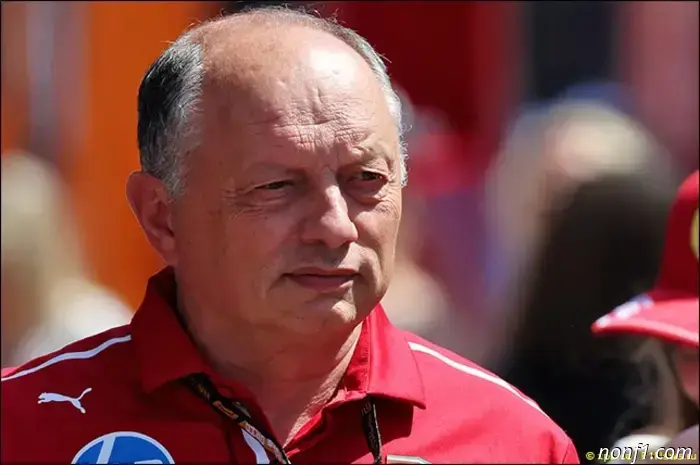 Vasseur has left Spielberg and will be replaced by D'Ambrosio.
A few hours before the start of the Austrian Grand Prix, Ferrari's press office released a brief statement...
Vasseur has left Spielberg and will be replaced by D'Ambrosio.
A few hours before the start of the Austrian Grand Prix, Ferrari's press office released a brief statement...
A heavily turbocharged five-rotor engine produces sounds that are reminiscent of an F1 V10, even more so than an actual F1 V10 itself.
YouTubers often enjoy comparing the sound of their DIY exhausts to that of a V10 F1 engine, but they can't match the Mazzei Formula Five.
